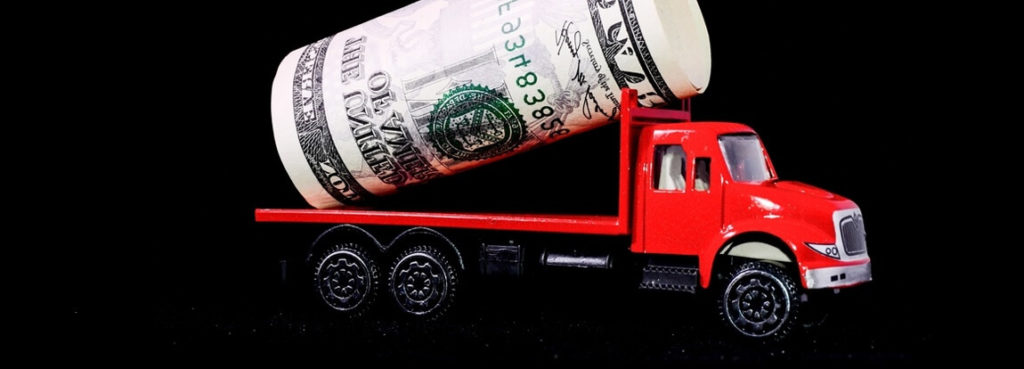Amazon’s bid for total retail domination just got a whole lot more real with its purchase of Whole Foods.
On the surface, the motive behind the acquisition seems fairly straightforward. Amazon wanted to compete in the food retail space, which is worth a walloping $800 billion, and so far, most of its attempts to do so have fallen flat. Logically, buying one of the most popular grocers in the country could help put it on level footing with, say, Walmart.
But more than anything, it’s how Amazon may use its shiny new line of business that has everyone talking. Namely, the company is well positioned to seamlessly bridge the gap between its online and in-store experiences. Why is this so important for brand manufacturers? Let’s take a look:
Online or in-store: One or the other won’t cut it
“Amazon is in the best position to merge e-commerce and brick-and-mortar shopping experiences.”
Not surprisingly, brick-and-mortar grocery stocks took a tumble after Amazon announced its acquisition. A company known for being as powerful as it is disruptive – but mostly non-threatening in food retail – suddenly had a horse in the race, and all bets were off. But it’s not just the physical stores that are concerned.
Blue Apron, a New York-based company that delivers meal kits to customers, went public at perhaps the most inopportune time: about a week and a half after Amazon announced its new grab. And, like its brick-and-mortar grocery-store counterparts, the company’s stock has fallen, specifically by 30 percent between June and July. Part of the reason, according to CNBC, is that Amazon has since registered a U.S. trademark for an offering described as “We do the prep. You be the chef.” Some experts are convinced that this could spell the beginning of end times for Blue Apron.
“Amazon can do exactly what Blue Apron does, at a lower price, for a similar or better product, from a brand that more people already know and trust,” Seeking Alpha contributor Evan Buck wrote. “It’s also worthy of mention that if the Whole Foods deal goes through, Amazon will gain access to a huge swath of markets for its new service.”
In other words, any stakeholder in food retail that isn’t Amazon right now (online or in-store) has every reason to be afraid. The retailing giant is in a better position to merge e-commerce and brick-and-mortar shopping experiences than anyone.
Brand manufacturers are actually ahead of the curve
With all of these retail wheelings and dealings, it’s easy to forget about the brand manufacturer’s perspective. In no way should Amazon’s foray into food retail – or any other type of retail for that matter – negatively impact a brand’s bottom line since they typically aren’t in direct competition with sellers. However, that isn’t to suggest that brand manufacturers should sit on their laurels while the future of retail as we know it is transformed before our eyes.
“Imagine that customers can go to your website and know exactly where your brand is available, and how it’s available.”
Consider this: We know Amazon strikes fear in the hearts of its competitors because it’s closer than any other retailer to creating a truly unified, online-to-in-store customer experience. That said, brands, because they’re seller-agnostic and work with an entire network of vendors, are in an even better position than Amazon to do the exact same thing.
Imagine, as brand manufacturers, that your customers can go to your website and know exactly where your products are available, and how they’re available – for home delivery, in-store purchasing or buy-online and pickup in-store. By and large, retailers are already making this information available. It’s really just a matter of mining that data, aggregating it and presenting it to customers in a single interface. Customers can then use this information to have a truly seamless online to in-store experience with your brand. Thanks to the power and speed of modern analytics, which converge in a tool that was designed for this exact purpose (i.e., Where to Buy from PriceSpider), the process doesn’t have to be painstaking or tedious.
The majority of today’s retailers, with the looming exception of Amazon, are still struggling to enable shopping experiences that are truly on customers’ terms. And while that’s a Herculean task from a seller’s perspective, it’s actually not that difficult of a problem to solve if you’re a brand manufacturer.
Yes, the retail landscape is facing a transformational tempest. But brand manufacturers have found themselves situated in the eye of that storm, and with the resources they need to be a one-stop concierge for their wares.

